Rashid Khan
A Comparative Study of Pre-trained CNNs and GRU-Based Attention for Image Caption Generation
Oct 11, 2023



Abstract:Image captioning is a challenging task involving generating a textual description for an image using computer vision and natural language processing techniques. This paper proposes a deep neural framework for image caption generation using a GRU-based attention mechanism. Our approach employs multiple pre-trained convolutional neural networks as the encoder to extract features from the image and a GRU-based language model as the decoder to generate descriptive sentences. To improve performance, we integrate the Bahdanau attention model with the GRU decoder to enable learning to focus on specific image parts. We evaluate our approach using the MSCOCO and Flickr30k datasets and show that it achieves competitive scores compared to state-of-the-art methods. Our proposed framework can bridge the gap between computer vision and natural language and can be extended to specific domains.
A Deep Neural Framework for Image Caption Generation Using GRU-Based Attention Mechanism
Mar 03, 2022

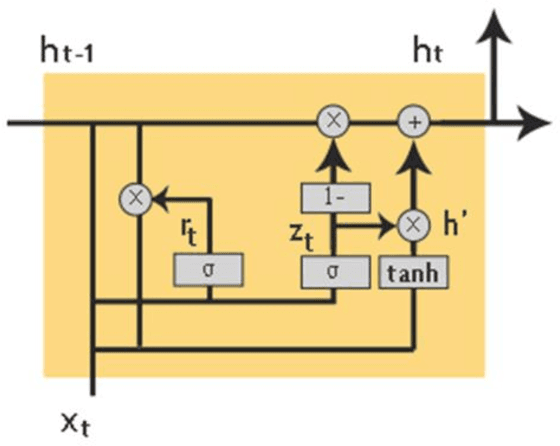
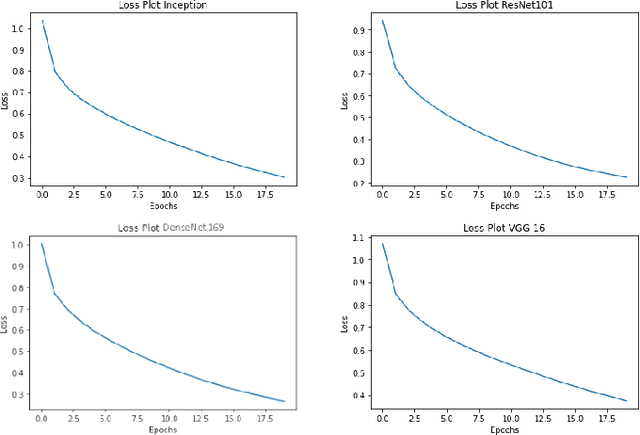
Abstract:Image captioning is a fast-growing research field of computer vision and natural language processing that involves creating text explanations for images. This study aims to develop a system that uses a pre-trained convolutional neural network (CNN) to extract features from an image, integrates the features with an attention mechanism, and creates captions using a recurrent neural network (RNN). To encode an image into a feature vector as graphical attributes, we employed multiple pre-trained convolutional neural networks. Following that, a language model known as GRU is chosen as the decoder to construct the descriptive sentence. In order to increase performance, we merge the Bahdanau attention model with GRU to allow learning to be focused on a specific portion of the image. On the MSCOCO dataset, the experimental results achieve competitive performance against state-of-the-art approaches.
* 16 PAGES, 8 figures, 1 TABLE
Context based Roman-Urdu to Urdu Script Transliteration System
Sep 29, 2021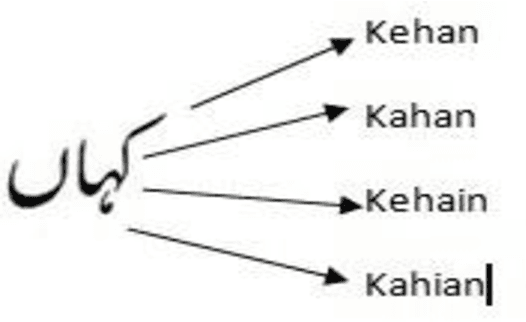
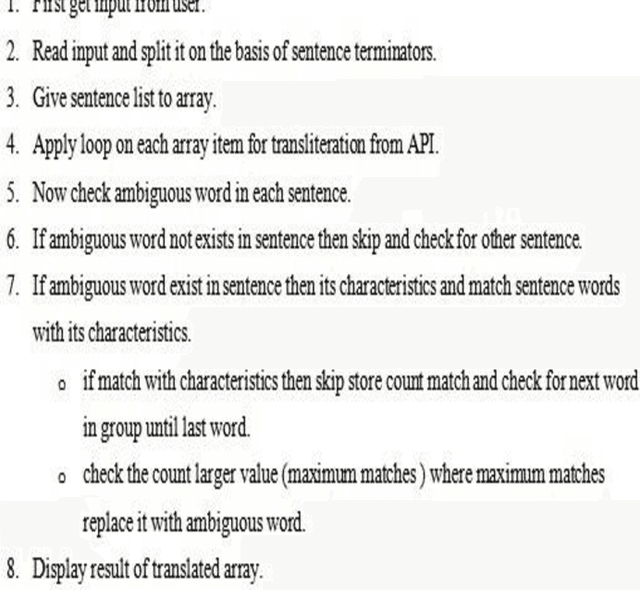
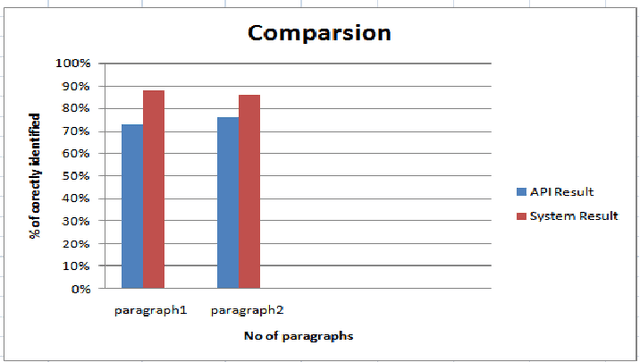
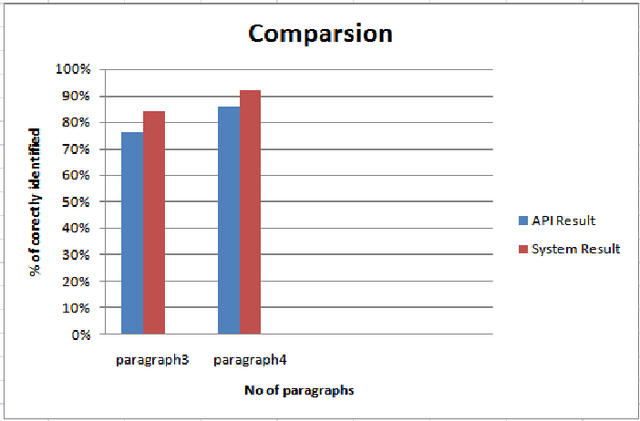
Abstract:Now a day computer is necessary for human being and it is very useful in many fields like search engine, text processing, short messaging services, voice chatting and text recognition. Since last many years there are many tools and techniques that have been developed to support the writing of language script. Most of the Asian languages like Arabic, Urdu, Persian, Chains and Korean are written in Roman alphabets. Roman alphabets are the most commonly used for transliteration of languages, which have non-Latin scripts. For writing Urdu characters as an input, there are many layouts which are already exist. Mostly Urdu speaker prefer to use Roman-Urdu for different applications, because mostly user is not familiar with Urdu language keyboard. The objective of this work is to improve the context base transliteration of Roman-Urdu to Urdu script. In this paper, we propose an algorithm which effectively solve the transliteration issues. The algorithm work like, convert the encoding roman words into the words in the standard Urdu script and match it with the lexicon. If match found, then display the word in the text editor. The highest frequency words are displayed if more than one match found in the lexicon. Display the first encoded and converted instance and set it to the default if there is not a single instance of the match is found and then adjust the given ambiguous word to their desire location according to their context. The outcome of this algorithm proved the efficiency and significance as compare to other models and algorithms which work for transliteration of Raman-Urdu to Urdu on context.
 Add to Chrome
Add to Chrome Add to Firefox
Add to Firefox Add to Edge
Add to Edge